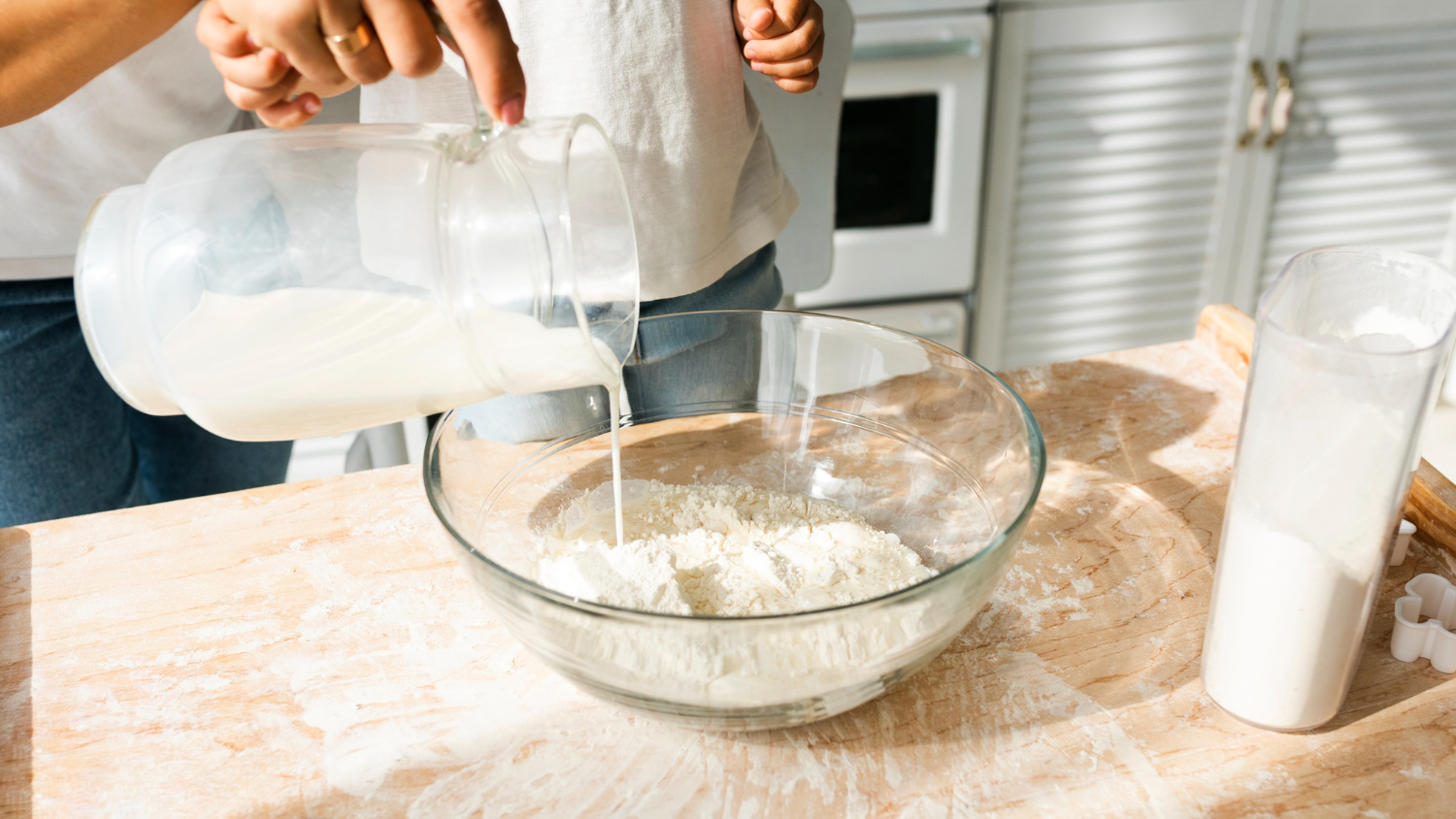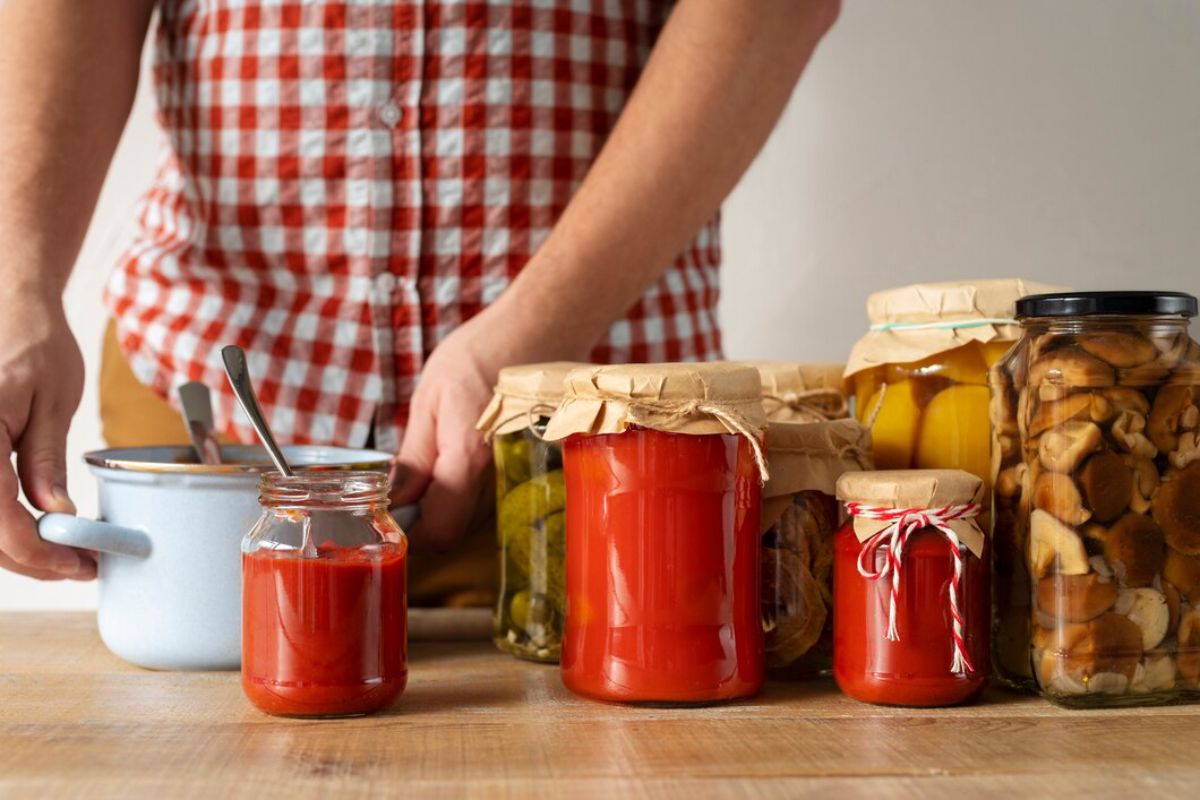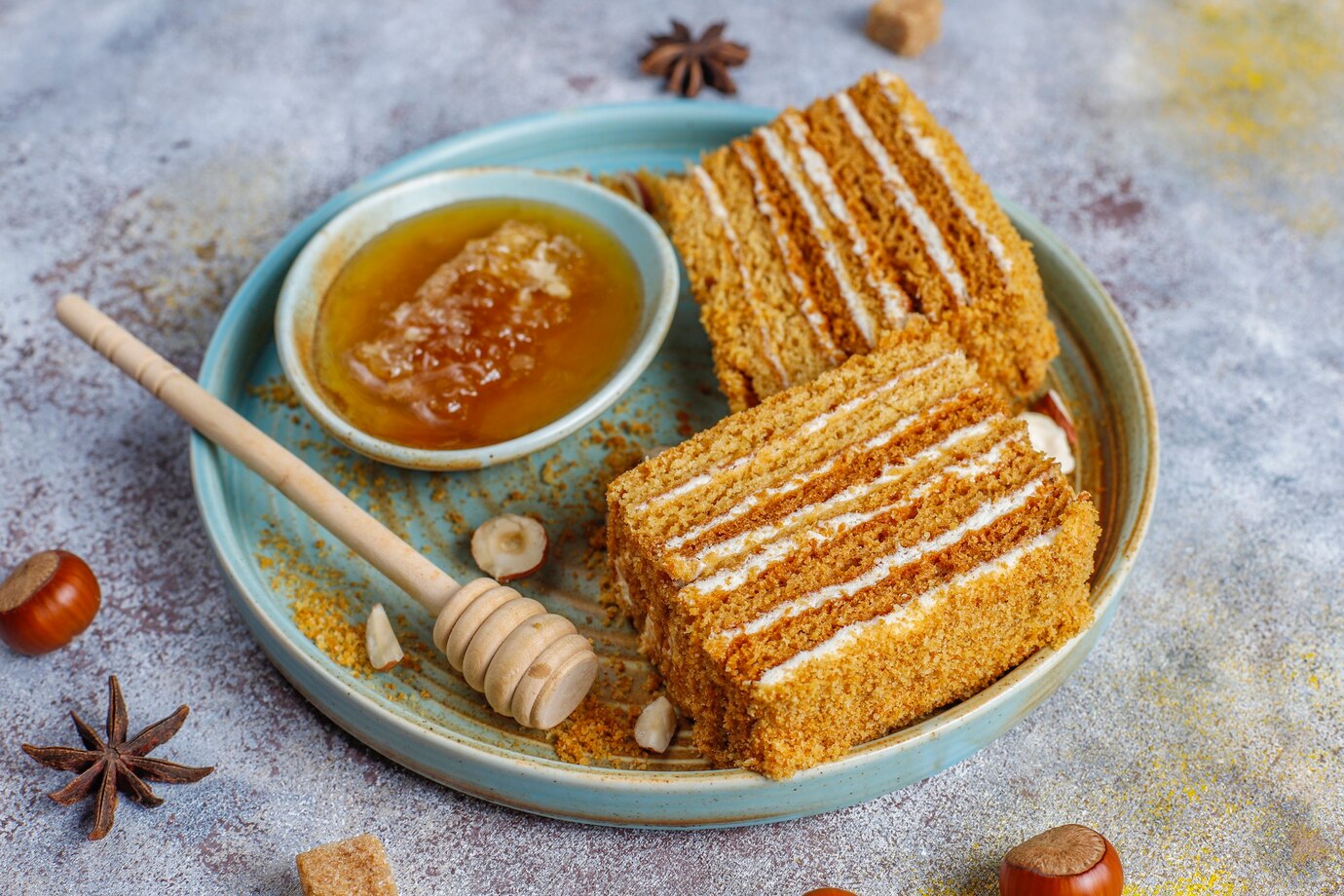
Explore the History and Evolution of British Desserts
Dessert became a good journey in British history. It reflects the nation’s cultural influences, social changes, and shifting tastes. There is a long history of British desserts, ranging from medieval sweetmeats to Victorian puddings. We also now see modern fusion creations. This mix combines both the innovative and the traditional.
In this UK dessert guide, we’ll look at the origins and changes of Britain’s best traditional sweets. We’ll also see why they remain so popular. British desserts, like sticky toffee pudding and Victoria sponge, warm hearts and thrill taste buds. They delight generations.
Medieval and Tudor Desserts: A Sweet Beginning
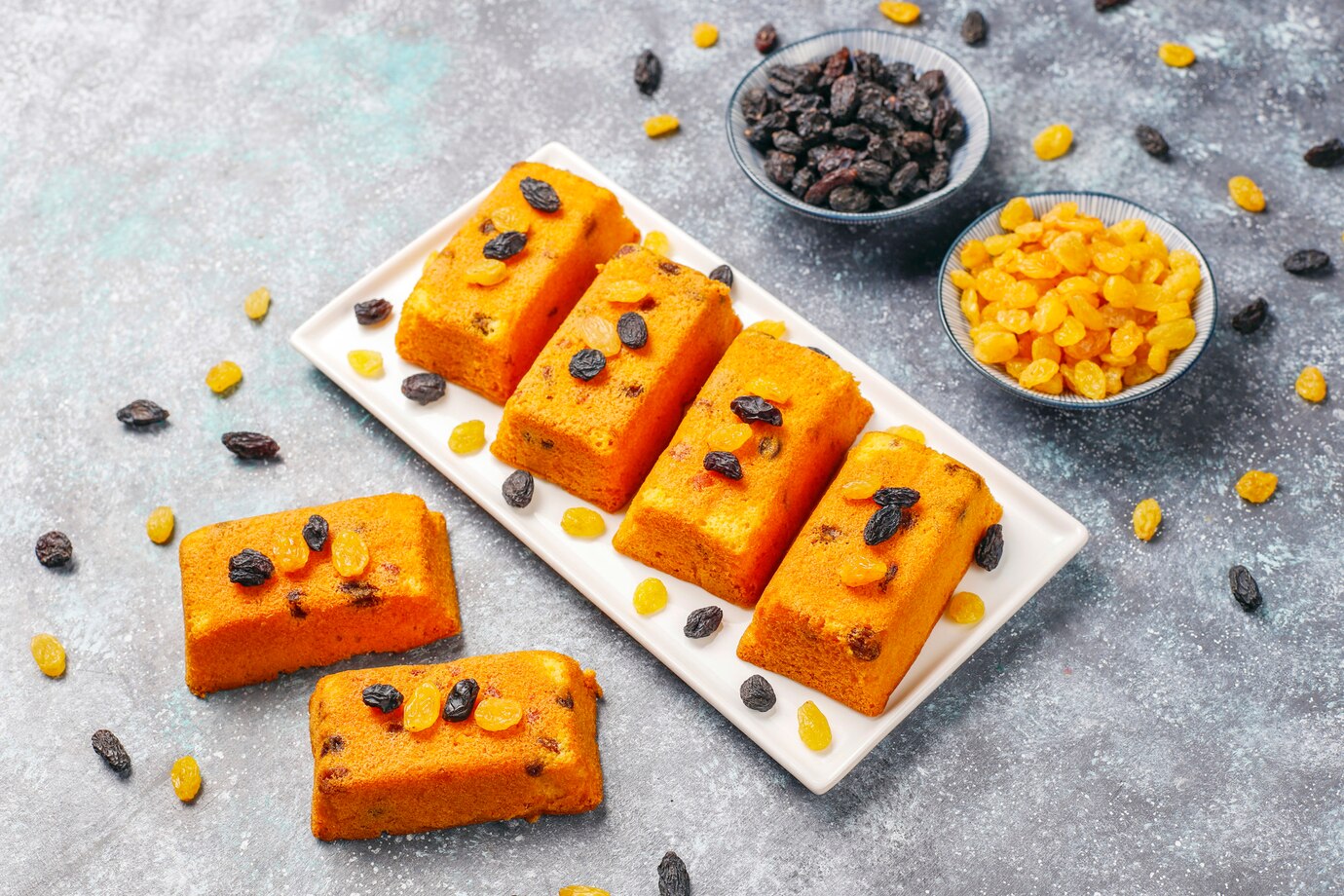
The rich and indulgent desserts of the Medieval and Tudor eras were a feast for both the nobility and common folk, showcasing the luxurious use of sugar, honey, and spices. From spiced marchpane to golden custards, these treats were a testament to the artistry and opulence of historical confectionery.
The Influence of Honey and Spices
In medieval times (5th-15th century), sugar was a rich person’s luxury. Thus, honey was the primary sweetener. Desserts typically featured imported spices such as cinnamon, nutmeg and cloves. It reflected Britain’s growing trade connections. Sweet treats in the medieval period included:
- Honey cakes – basic but satisfying cakes made with natural honey.
- Frumenty — wheat, usually boiled with milk, sugar and spices.
- Marchpane — an early form of marzipan, made with almonds and sugar.
Religious influences also shaped desserts during this time. The Lenten fast restricted animal products, so people turned to almonds for treats, like marzipan and spiced fruit cakes. These dairy-free desserts were just right for the season.
The Rise of Sugar and Royal Influence
By the Tudor period (15th-17th century), Caribbean sugar became more accessible and less seen as a threat. This led to more sophisticated and complex desserts. During this period, the following traditional sweets rose to prominence:
- Shrewsbury biscuits — crisp, spiced shortbreaders.
- Custard tarts – are derived from French pâtisserie but adapted to British palate.
- The Middle – introduced through trade with the Middle East, developed into an essential British culinary item.
The Tudor court was particularly notorious for extravagant feasts during the reigns of Henry VIII and Elizabeth I. Spectacular sugar sculptures, sweetmeats, and fruit preserves appeared at such events, demonstrating sugar’s increasing availability to the upper class.
Georgian and Victorian Era: The Golden Age of British Puddings
The Georgian and Victorian eras marked the golden age of British puddings, where steamed, boiled, and baked delights became staples of the dining table. From the rich and hearty suet puddings to the elegantly layered trifles, these desserts reflected both tradition and innovation in British culinary history.
The Birth of Iconic Puddings
The Georgian and Victorian times brought big changes in baking methods and dairy use. This led to some of Britain’s favourite puddings. During the 18th and 19th centuries, steamed and baked puddings became staples, including:
- Spotted dick – a suet-based pudding with dried fruits.
- Treacle tart – a sweet shortcrust pastry filled with a rich treacle mixture.
- Jam roly-poly – a suet pudding rolled with jam, often called the “school dinner classic.”
Suet puddings started as hearty meals for workers. They became a key part of British cuisine. Over time, they changed from savoury to sweet dishes, turning into indulgent treats.
Afternoon Tea and Elegant Cakes
The Victorian era brought us afternoon tea, made popular by Anna, the Duchess of Bedford. This tradition led to the creation of refined cakes and pastries such as:
- Victoria Sponge – a light sponge cake layered with jam and cream, named after Queen Victoria.
- Battenberg cake – a chequered almond-flavoured cake covered in marzipan.
- Eccles cakes – flaky pastries filled with spiced currants.
Afternoon tea became a trendy social event, influencing the creation of delicate finger foods and fancy sweets. Today, these treats are still popular in tea rooms across Britain.
20th-Century Innovations: Convenience Meets Tradition
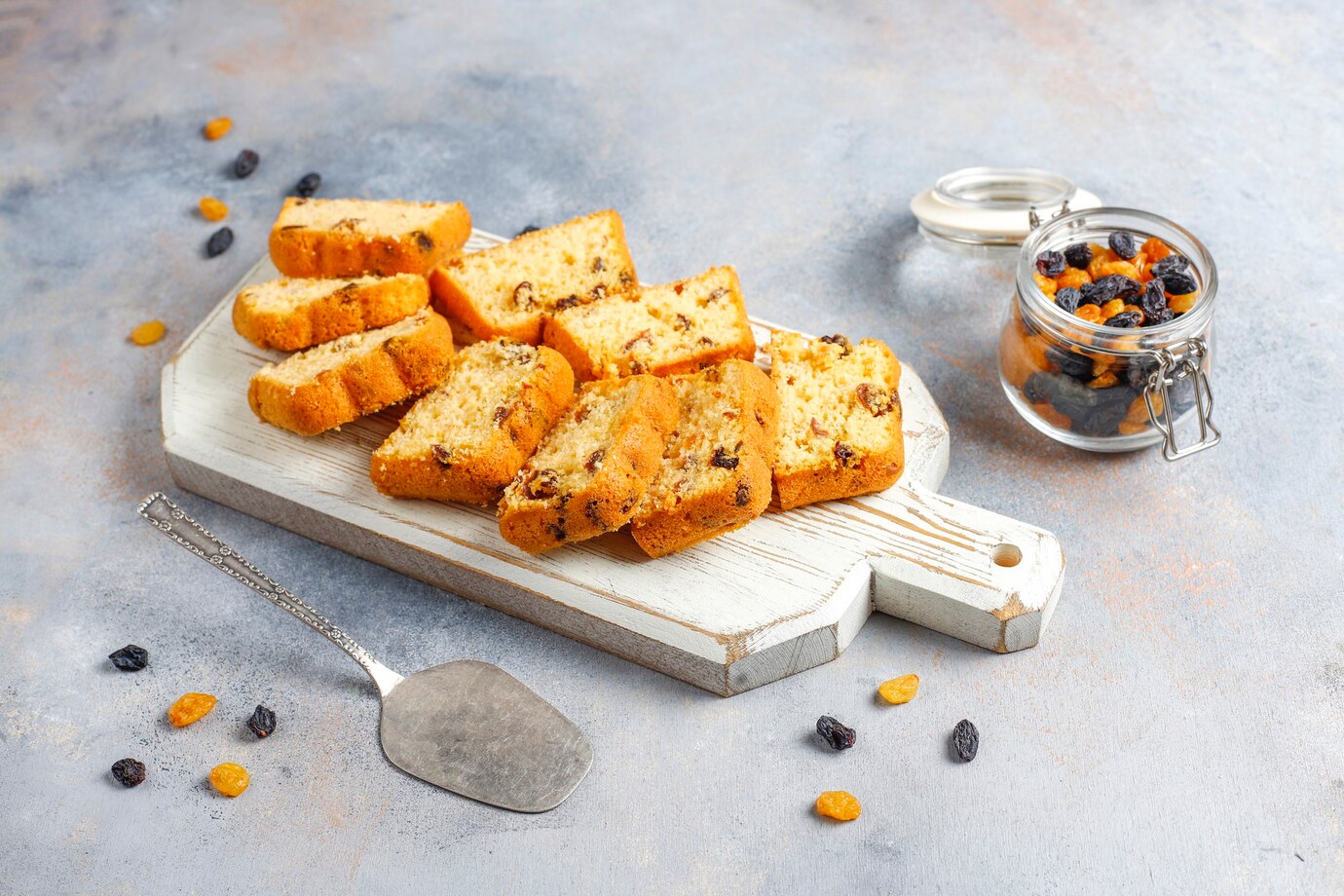
The 20th century saw a revolution in desserts, blending traditional recipes with modern convenience. Instant mixes, canned ingredients, and electric appliances made classic British sweets more accessible while preserving their beloved flavours.
Wartime Rationing and Adaptation
Food rationing during World War II limited the availability of sugar, butter and eggs. That inspired inventive means of modifying old-fashioned desserts. The carrots provided sweetness for many families. Dried milk was also mixed into puddings. War-era dessert favourites included:
- Carrot cake – naturally sweetened with grated carrots.
- Bread pudding – made using stale bread, dried fruit, and a simple sugar syrup.
- Apple crumble – a simple yet satisfying fruit dessert with a crunchy topping.
British creativity kept traditional desserts alive, even with restrictions. They often swapped ingredients to keep the same textures and flavours.
The Rise of Store-Bought Treats
The 1950s and 60s saw the rise of convenience. Ready-made cakes and puddings became available at supermarkets. But classic treats have retained their popularity, with established names like Mr Kipling introducing classic stables such as Bakewell tarts and jam tarts into British living rooms.
Baking programs inspired home cooks as TV shows became popular. They revived enthusiasm for traditional British puddings, and they inspired amateur bakers to recreate childhood reminiscences.
Modern British Desserts: Fusion and Revival
Modern British desserts celebrate a fusion of global flavours while reviving classic recipes with a contemporary twist. From deconstructed puddings to innovative flavour pairings, today’s sweet creations blend tradition with culinary artistry.
Celebrity Chefs and the Reinvention of Classics
Recently, British desserts have made a comeback. Chefs like Mary Berry and Heston Blumenthal have updated classic recipes. They keep the nostalgic charm intact. Contemporary twists on traditional desserts include:
- Sticky toffee pudding with salted caramel sauce – an upgrade on the classic sponge pudding.
- Deconstructed banoffee pie – reimagining the banana, toffee, and cream dessert with artistic plating.
- Gin and tonic sorbet – incorporating Britain’s love of gin into a refreshing frozen treat.
Shows like The Great British Bake Off have helped revive traditional desserts. They inspire a new generation of home bakers to try classic recipes.
The Influence of Global Flavours
Contemporary British puddings reflect the country’s multicultural blend. They translate traditional sweets into flavours from all over the world. Some examples include:
- Matcha-infused scones — marrying Japanese green tea with the British tea-time staple.
- Chai-spiced bread pudding — made with spices inspired by Indian chai.
- Miso caramel sticky toffee pudding – bringing umami depth to a classic pudding.
Plant-based diets have gained considerable popularity. As a result, many traditional British desserts are being reworked using dairy alternatives. The shift accounts for more dietary preferences.
The Timeless Legacy of British Desserts

The history of British desserts is a story of adaptation, innovation, and enduring appeal. British desserts have evolved from medieval honey cakes to modern fusion sweets. They still hold a strong link to their roots. Whether indulging in a nostalgic pudding or trying a modern twist on a classic, the best traditional sweets of the UK remain an integral part of British culinary heritage.
This UK dessert guide shows how British sweets have changed over time. Each era has added to the treats we love today. Next time you enjoy a slice of Victoria sponge or warm sticky toffee pudding, think about the rich history that brought these delicious desserts to you.

